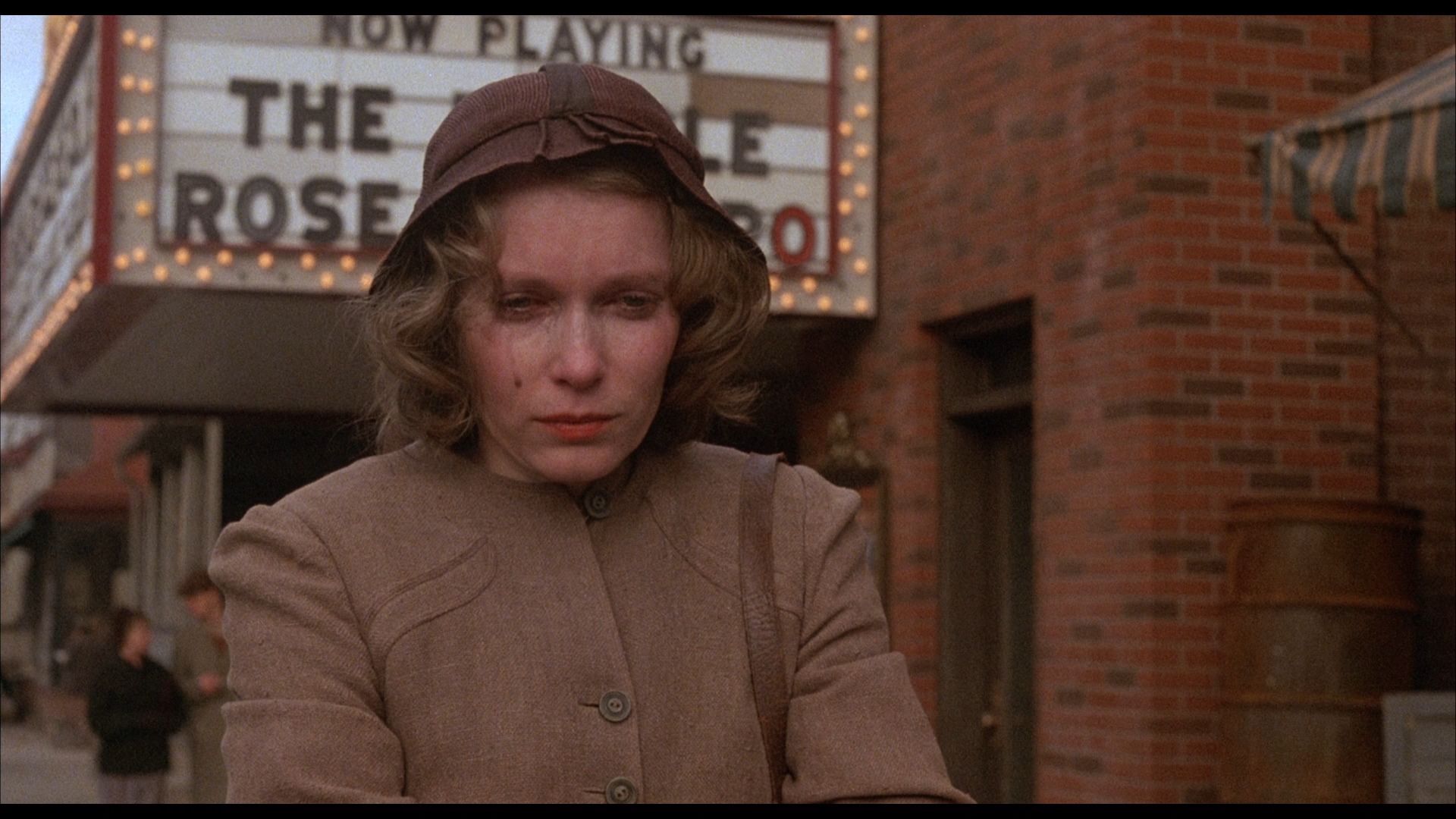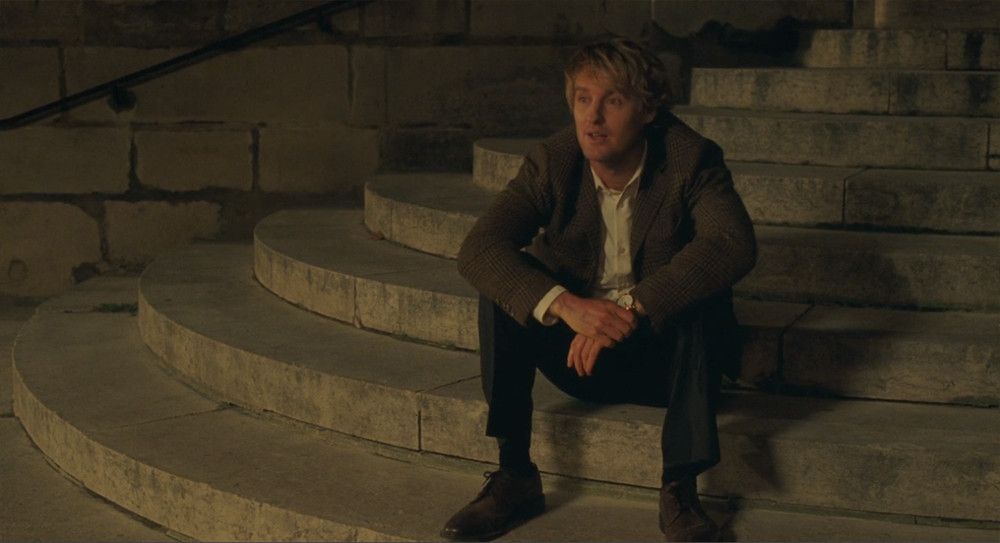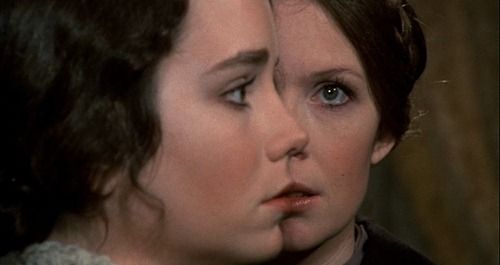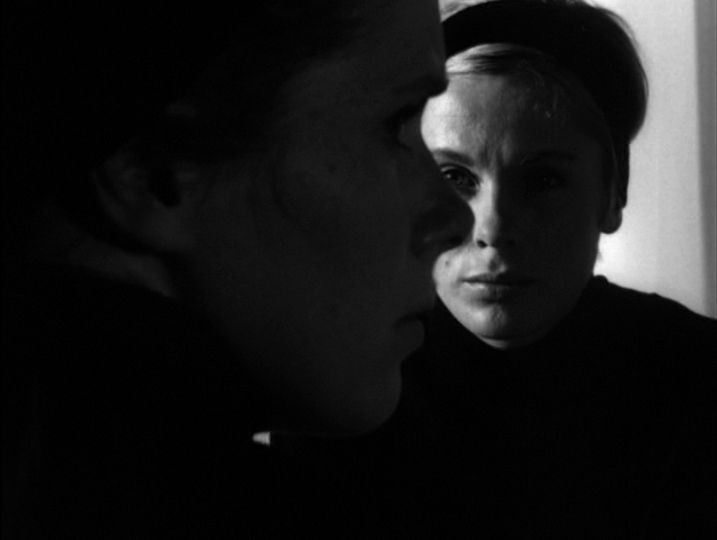Conveying the tragedy through comedy: Woody Allen
Today we will talk about a controversial figure from the world of cinema. Some people think he is a genius director, while others underestimate him. For us, this contradiction is enough to study Woody Allen's directing style.


Woody Allen has long been on the crest of a wave and also remains one of the most prolific creators in Hollywood. Yet his style is elusive and unspecific, which makes his enigmatic figure even more interesting. Allen is undoubtedly a great comedy writer who has created perhaps the most displaced pictures in the history of cinema, but that's not all we have to say about the figure of this director. His films are also full of references and parodies of literature and cinema, which corresponds to the image of the awkward and funny Allen with depth and new meanings. So who is he: a pretentious comic cinephile or a unique director who seeks to say something through cinema? Today we will try to find out.
Biographical sketch
Allen was born and raised in New York. He began writing jokes for newspaper columns to earn pocket money. When he was sixteen, he discovered his talent through comedian Milt Kamen, who arranged for the aspiring comedy writer to join Sid Caesar on a popular show.
After graduating from high school, Allen enrolled at New York University, where he studied communication and filmmaking courses, but he was soon expelled.
After the failure of the university, he finally chooses a job on vacation, taking a job with comedian Herbert Schreiner and composing scripts for him. Since 1954 he has written screenplays for popular TV programs, "The Ed Sullivan Show", "The Tonight Show", "Caesar's Hour" and many others.
In 1961 he appeared in a new role, acting in the genre of stand-up comedy, making his debut at the club "Duplex" in Greenwich Village. At the same time, he began writing for the popular television show Hidden Camera and appeared in several episodes of the program. Allen also wrote short stories for various publications.
His film debut was in 1965 with the film "What's New Pussycat" (1965), for which Allen wrote the screenplay. In the end, the picture came out quite a successful eccentric comedy with an excellent cast, where they used bold jokes, parody elements, and gags in the style of silent movies.
Monologue, or an opportunity to speak out
Woody Allen has never tried to convey the real truth through his work. In other words, the director does not pretend to be objective - on the contrary, he always depicts only his personal views, which is probably why his films seem to be so distinctive. Even as a comedian Allen had time to form the familiar image of the shy and neurotic romantic, who is still not shy to dump on the audience all their fears and complexes.
Therefore, Woody Allen himself has performed many roles in his films, but the director does not shy away from inviting other talented actors to film. Nevertheless, regardless of the faces on the screen in the characters of dramatic comedies Allen can always be traced to this trope of an insecure loner. Whether it's Mia Farrow in "The Purple Rose of Cairo" (1985) or Owen Wilson in "Midnight in Paris" (2011). Even where familiar images slip away, Allen's films still feel like one author's monologue.


Just think of how many times you've heard the voice-over in Woody Allen's films. Often, isn't it? This is the most obvious implementation of the narrator in his cinematography. This technique allows you to build a unique atmosphere as well as understand the approach Allen takes when making films. More often than not, these are simple stories, similar to a fairy tale, with their own morality. Allen intentionally creates fairy tale movies to give freedom to his self-expression. Therefore, everything in his films is subordinated to telling the viewer something.
Another significant directorial device is that quite often Woody Allen's characters break the fourth wall between the film and the audience, allowing them to speak directly to the viewer.
The invitation to dialogue is perhaps the most important feature of Woody Allen. This romantic and intellectual always finds something to say to the viewer, to share his thoughts. Many people compare watching his films with a session of psychotherapy, which the director himself even managed to ridicule in "Rifkin's Festival" (2020), which begins and ends in the office of a psychotherapist.
An indispensable feature of all protagonists in classic films is that they never remain silent. If a character in a Woody Allen movie does not speak, think of him as not existing at all.
The effect Allen achieves is a reasonably simple technique - improvisation. Initially, Allen only allowed spontaneity because he could only trust the personal experience of the stand-up comedian. However, as the director gained experience, the atmosphere on the set became full of freedom. Often the director only outlines a scene's framework and general direction, but the characters are left entirely to their consciences.
In this way, it seems to us, the maestro's films take on an ironic tone, making the overall atmosphere of the film a bit absurd and ridiculous.
Literature. Lots of Literature
Books are probably the most obvious unifying feature of Allen’s work. In many ways, all the cultural references to classical literature defined a specific genre of intellectual comedy, in which Woody Allen works.
The director's love of books is also expressed in the fact that he repeatedly mentions or quotes the same authors: Dostoevsky, Tolstoy, Chekhov... It is worth mentioning that Allen seems to be an ideal director for adaptations of Anton Chekhov's stories: they have a similar mood in their narration. Such a fantasy is the film "Hannah and Her Sisters" (1986), which loosely references Chekhov's play Three Sisters.
In addition to references, Allen also builds entire plots around literature, such as in "Midnight in Paris", where the protagonist-writer enters the world of his literary idols.
The Master of Parody
"Love and Death" (1975) is generally considered one of the best examples of parody, which was able to poke fun at aristocracy, Dostoyevsky-like arguments about existential questions, and fundamental ideas about war, peace, and history.
Far more remarkable, however, is the way Woody Allen refers to the cinema in his films. At the beginning of his career, the director boldly mocked the techniques of such classics as Antonioni, Godard, and Bergman, but in time these parodies stopped being just a funny image from a cinephile and turned into a full-fledged director's technique. For example, in "Love and Death" Allen ironically quoted Bergman, and already in "Interiors" (1978) makes a serious film in the style of a Swedish classic.


Such contradictions are the essence of Woody Allen. Despite his long career and the changes his style has undergone, the director is still true to his main passion - cinema.
Visual style
It is worth saying that the visual content of the director's paintings is the result of the revolution that took place in Hollywood in the 70s. A new wave of young filmmakers armed with light and compact cameras went straight to the streets to create natural images. Among these young enthusiasts was Woody Allen, who since then has not been able to lose his love for New York.
That's why Allen's visual style is characterized by shooting one long shot. The director prefers to show scenes almost theatrically, enclosing all the actions and dialogues in a single scene, allowing the viewer to watch the development in real-time.
The static shot does not distract the viewer and allows the intellectual conversations and the interiors in which these conversations unfold to be emphasized. Despite the distinctive author's strong image, Allen's visual style always bravely gave to the responsibility of his fellow cinematographers. The great visionaries who collaborated with the director brought something different to each film, making his visual language extremely varied.
For example, in "The Godfather" (1972) cameraman Gordon Willis created an intricate play of light and shadow in "Manhattan" (1979), and brilliant Vittorio Storaro transformed views of New York into almost surreal landscapes in "Wonder Wheel" (2017) and "A Rainy Day in New York" (2019).
Afterword
There is another important component to Allen's world that cannot be avoided. All of his films are filled with jazz, which is what helps us best understand what kind of director Woody Allen is. The music makes his comedies detached and a little lethargic, while his serious films deprive him of excessive gore and emotionality. The director, like the music in his cinematography, always balances several extremes, which is probably why his figure and work are so contradictory. Nevertheless, there is no denying that his work, just like technical and rhythmic jazz, engulfs the viewer. After all, jazz is not music for everyone, as the pictures of Woody Allen.